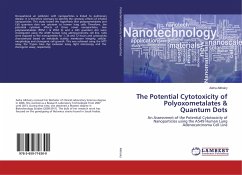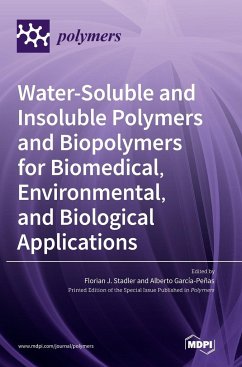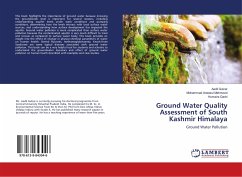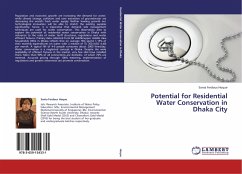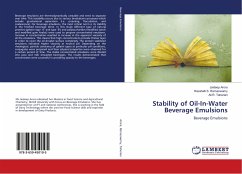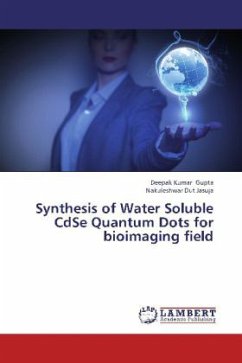
Synthesis of Water Soluble CdSe Quantum Dots for bioimaging field
Versandkostenfrei!
Versandfertig in 6-10 Tagen
32,99 €
inkl. MwSt.

PAYBACK Punkte
16 °P sammeln!
A new class of fluorescent labels has been produced by conjugating water soluble quantum dots (QDs) with biomolecules. Quantum Dots (QDs) are semiconductor nanocrystals (1~10 nm) exhibiting distinctive photoluminescence (PL) properties due to the quantum confinement effect. The resultant nanoprobes can potentially overcome many of the functional limitations encountered with organic dyes. High-quality quantum dots are highly stable against photobleaching and have narrow, symmetric emission spectra. In particular, the emission wavelength of quantum dots can be continuously tuned by simply changi...
A new class of fluorescent labels has been produced by conjugating water soluble quantum dots (QDs) with biomolecules. Quantum Dots (QDs) are semiconductor nanocrystals (1~10 nm) exhibiting distinctive photoluminescence (PL) properties due to the quantum confinement effect. The resultant nanoprobes can potentially overcome many of the functional limitations encountered with organic dyes. High-quality quantum dots are highly stable against photobleaching and have narrow, symmetric emission spectra. In particular, the emission wavelength of quantum dots can be continuously tuned by simply changing the particle size, and a single light source can be used for simultaneously excitation of all different-colored dots. These novel optical properties can render quantum dots ideal fluorophores for sensitive, Multicolor and multiplexing applications in molecular biology and bioengineering.



